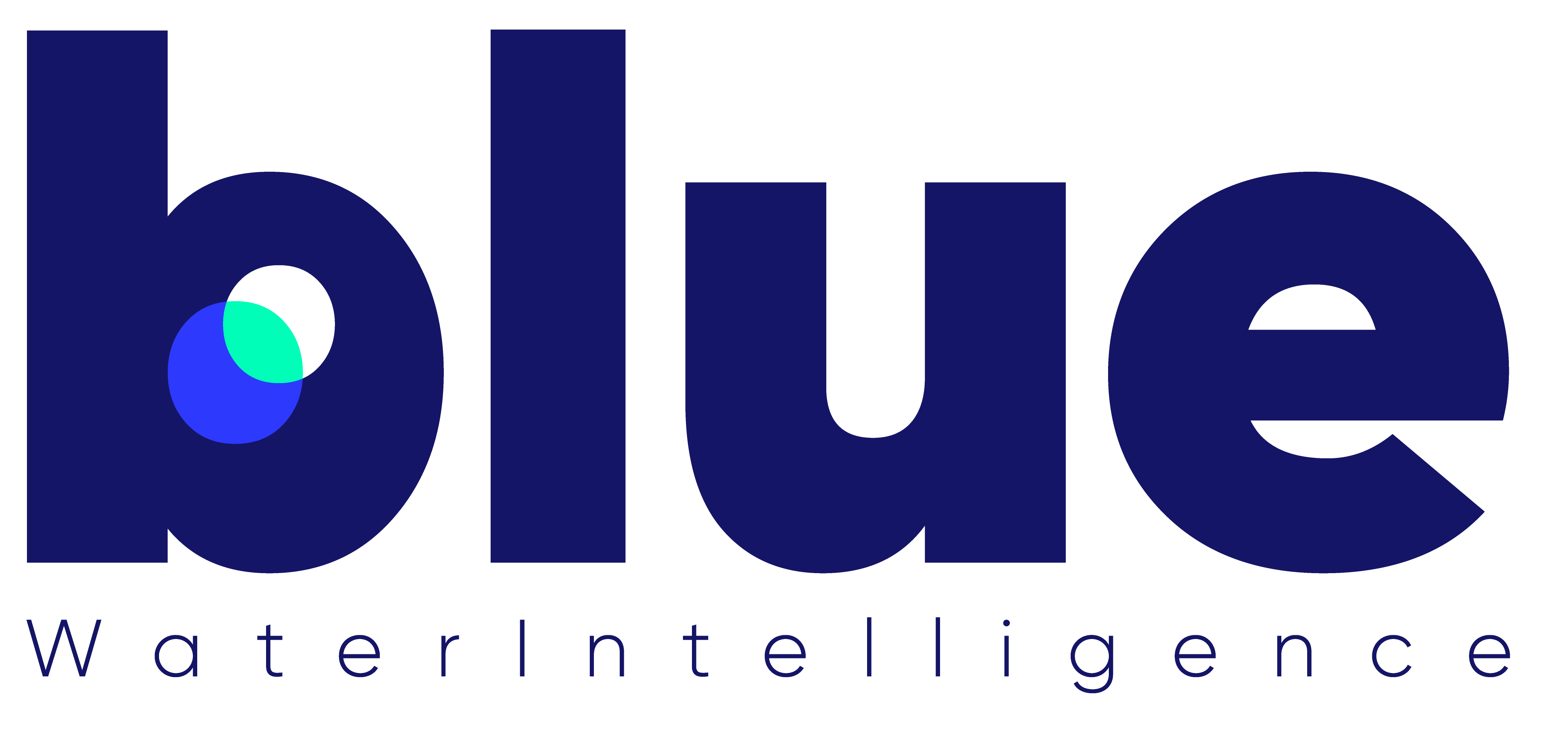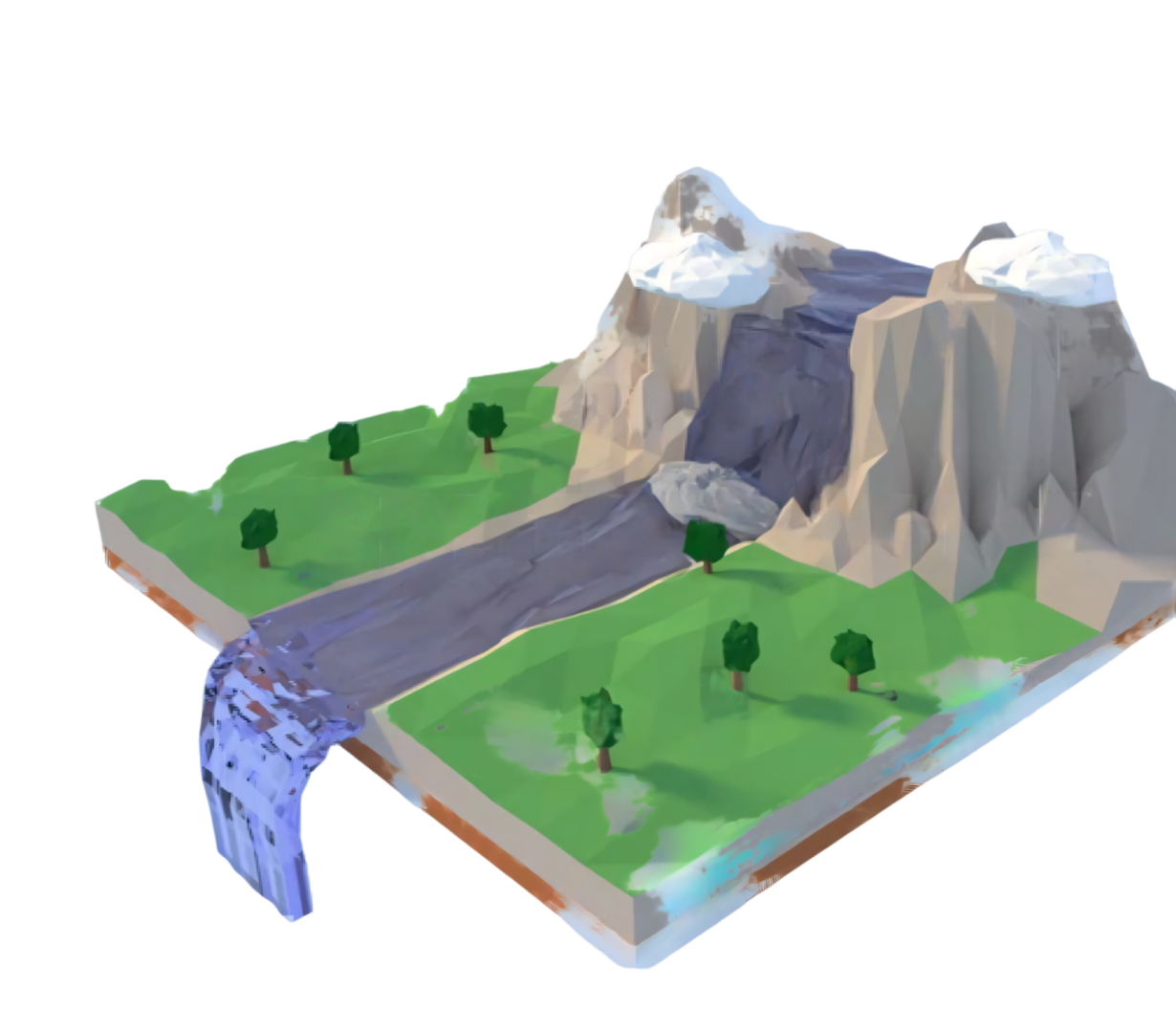Quantitative hydrological forecasts
The BWI system is currently able to provide flow forecasts and, under certain conditions, water level forecasts for digitized watersheds. The chosen interval for these forecasts is 10 minutes, in order to make them useful for the detection of flash floods and for the operation of hydraulic equipment. The forecasting horizon is 10 days. At 10 days, these are projections. At a few days, they can be considered forecasts. BWI is also able to reconstruct ranked flow curves over a minimum of twenty years.







